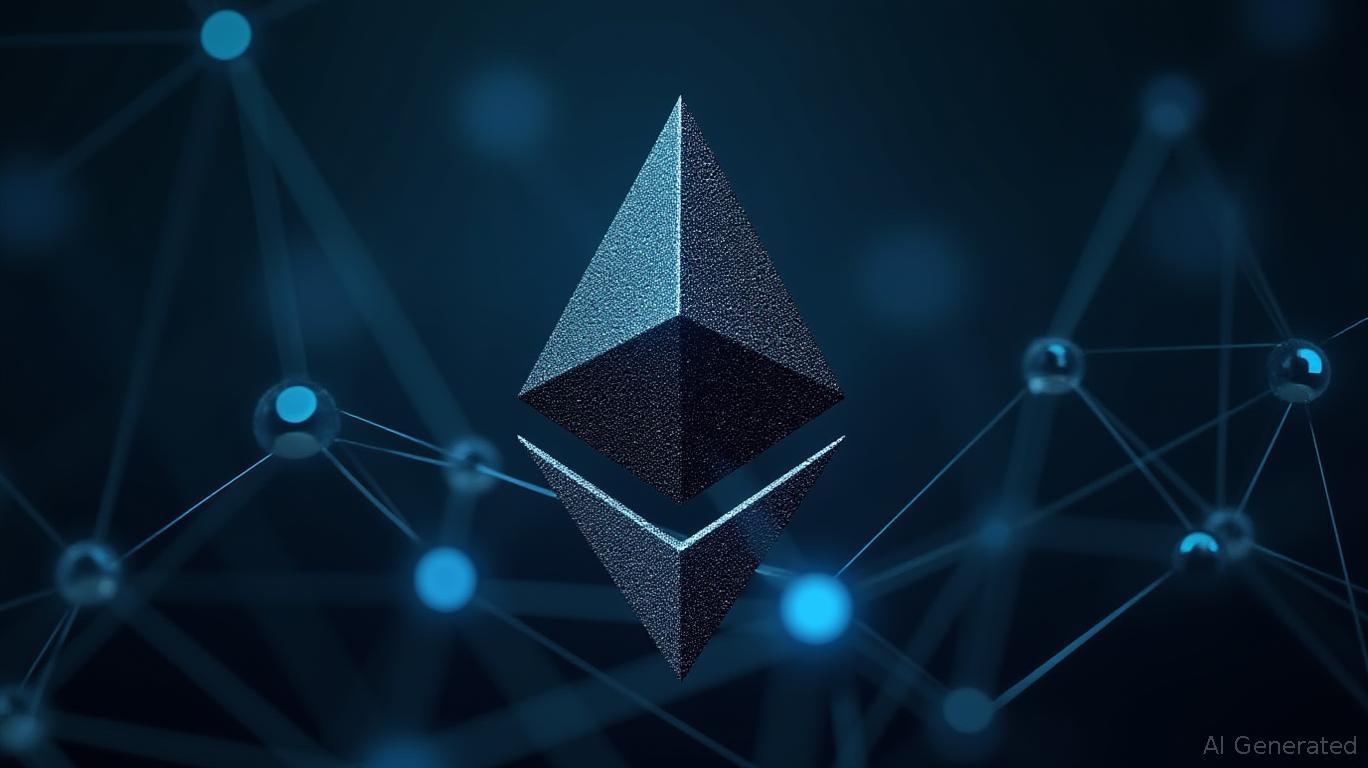Ethereum Upgrades Fail to Boost Network Activity Despite JPMorgan's Expectations
Ethereum, the second-largest blockchain network by market capitalization, has undergone several significant upgrades in recent years. These upgrades, aimed at enhancing the network's scalability, security, and efficiency, have been closely watched by the cryptocurrency community and
alike. However, according to a recent analysis by , these upgrades have failed to boost network activity in a meaningful way.The upgrades, which include the transition to a proof-of-stake consensus mechanism and the implementation of sharding, were intended to address some of the network's long-standing issues, such as high transaction fees and slow processing times. Despite these changes, JPMorgan's analysis suggests that the network's activity has not seen a significant increase. This is a surprising development, given the high expectations surrounding these upgrades and the potential they held for transforming the Ethereum network.
One possible explanation for this lack of impact is the competitive landscape of the cryptocurrency market. With the rise of other blockchain networks that offer similar or even superior features, Ethereum may be struggling to maintain its dominance. Additionally, the regulatory environment for cryptocurrencies remains uncertain, which could be deterring potential users and investors from engaging with the network.
Another factor to consider is the complexity of the upgrades themselves. While the transition to proof-of-stake and the implementation of sharding were significant milestones for the Ethereum network, they also required a substantial amount of technical expertise and resources to implement. This could have led to a slower adoption rate among users and developers, who may have been hesitant to invest time and resources into a network that was still in the process of undergoing major changes.
Despite these challenges, it is important to note that the Ethereum network remains one of the most widely used and influential blockchain networks in the world. Its upgrades, while not having the immediate impact that some may have hoped for, have laid the groundwork for future growth and innovation. As the cryptocurrency market continues to evolve, it will be interesting to see how Ethereum adapts and responds to the changing landscape.
According to JPMorgan, neither the number of daily transactions nor the number of active addresses saw a material increase post recent upgrades. The bank noted that following the Dencun upgrade, both average and total fees fell, in part because of a shift toward layer 2 chains. Ether's circulating supply also increased after Dencun, which raised concerns about the crypto "becoming an inflationary asset amid subdued transaction activity."
Ethereum activated the Pectra upgrade on May 7. The update aims to streamline staking, enhance wallet functionality and improve overall efficiency. Pectra makes the ETH token and Ethereum itself more appealing to institutions, the bank said. It distinguishes the network from competitors, but the upgrades haven't boosted activity in a meaningful way.
Still, total value locked (TVL) on Ethereum increased between the Dencun upgrade in March 2024 and Pectra earlier this month, the bank noted, possibly due to increased lending and borrowing on decentralized exchanges (DEXs), but the increase looks lower in dollar terms than in the blockchain's ether token.


Comments
No comments yet